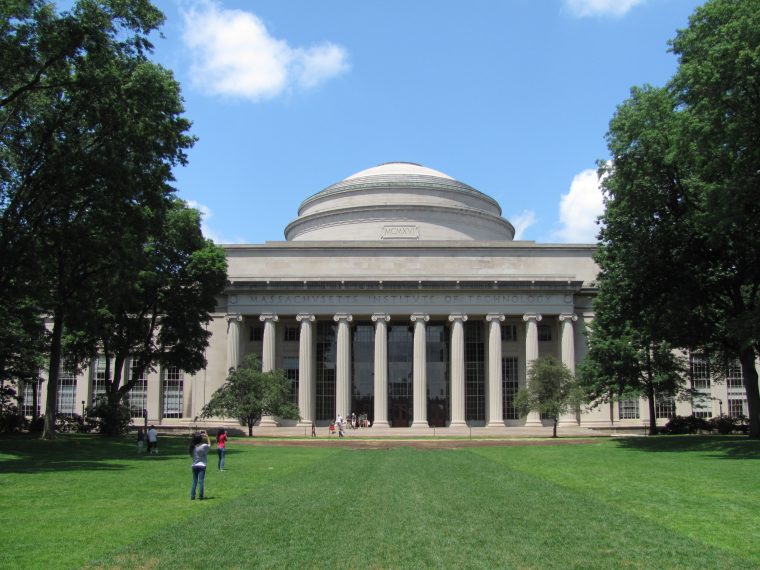MIT is Teaching Cars to See Around Corners

Photo: John Phelan via Wikimedia Commons
The fact that fully-autonomous cars are something that the majority of us will share the road with inside of a decade is mind-blowing, and the technology that enables these vehicles is borderline sorcery. In the never-ending pursuit of a self-driving car that performs considerably better than a human operator could ever hope to achieve, the wizards at MIT have come up with something that could be revolutionary: cameras that can essentially see around corners.
It may not be self-driving: But the 2020 Corvette brings the future with it
The researchers behind the breakthrough call the system ShadowCam, which hints at how the whole thing works. While several teams, including one at Stanford University, have developed technology that uses a series of lasers to potentially see objects around the other side of a corner, ShadowCam simplifies the process by just looking for changes in environmental light and shadows.
ShadowCam makes use of four video frames that capture the area just in front of the vehicle. It then uses artificial intelligence to examine the changes of light intensity and shadows over between the images to determine if there is another object in motion around the corner — a process called Direct Sparse Odometry. In theory, ShadowCam should be able to help the car react to an approaching vehicle up to half a second faster than the LIDAR that most self-driving cars use today. In practice, the team has been able to increase this rate to 0.72 seconds faster than LIDAR, with roughly 70 percent accuracy.
Keep your Chevy running like new: Certified service
Obviously, this technology is years of research away from being implemented on a consumer-ready product, but it is an exciting prospect. And, given that the MIT team working on ShadowCam is based out of the same laboratory where scientists developed tech that’s currently used by NASA for planetary explanation, the project seems to be in good hands.
Source: ExtremeTech

The News Wheel is a digital auto magazine providing readers with a fresh perspective on the latest car news. We’re located in the heart of America (Dayton, Ohio) and our goal is to deliver an entertaining and informative perspective on what’s trending in the automotive world. See more articles from The News Wheel.

